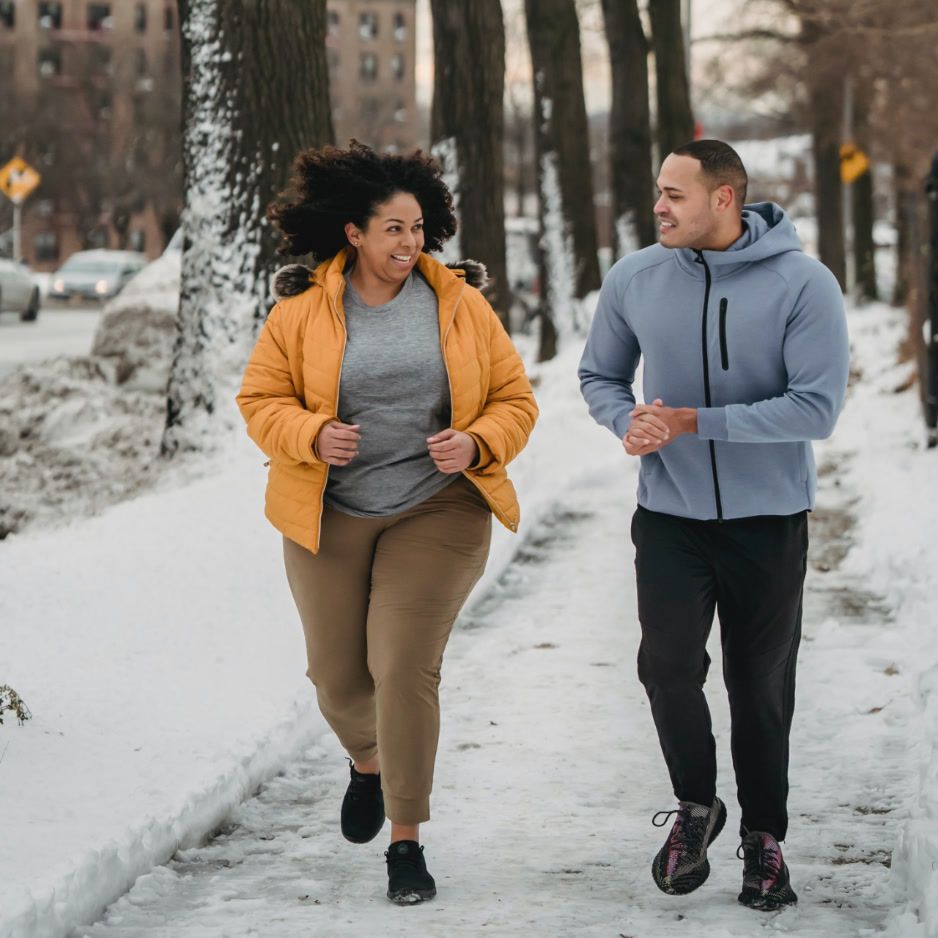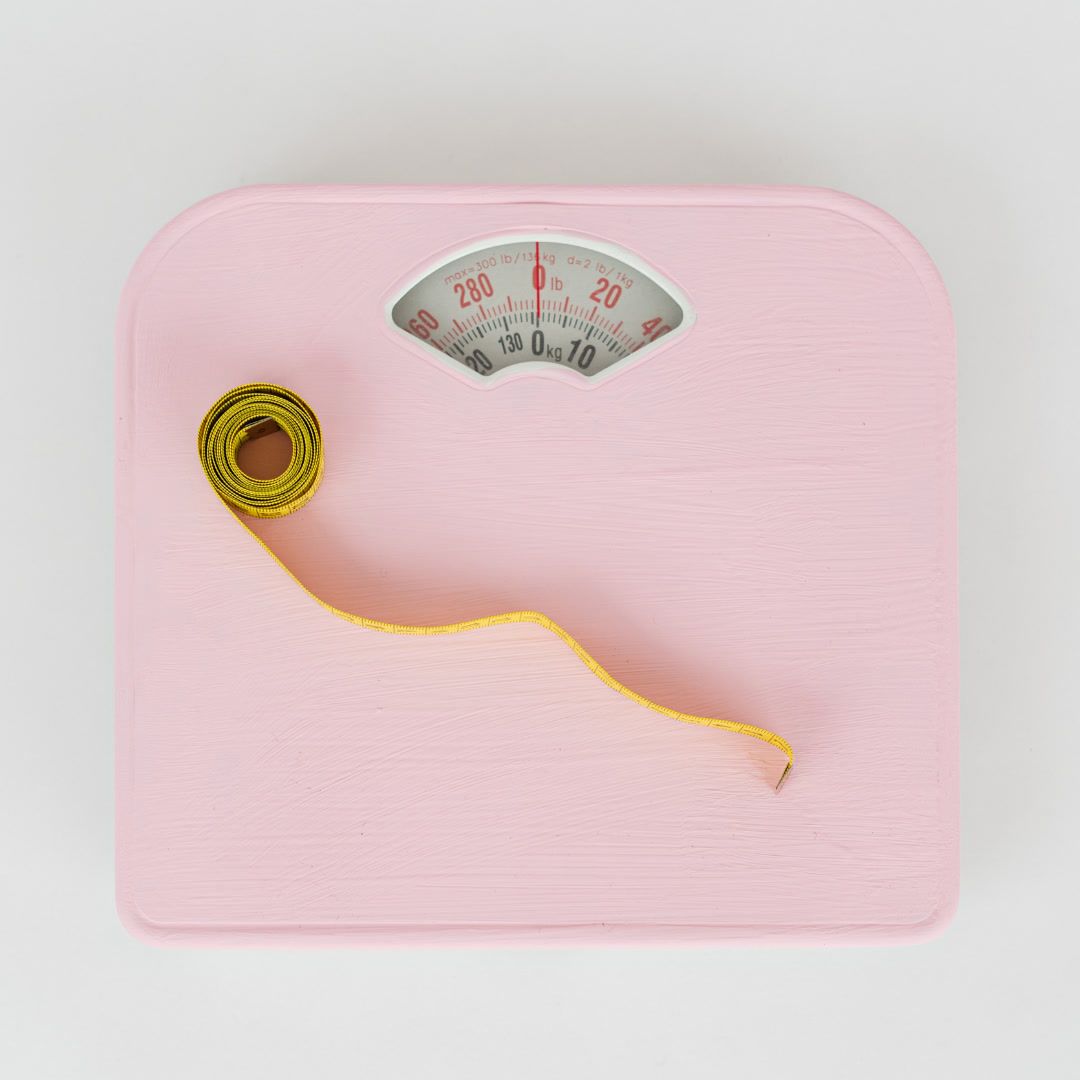BMI vs. DEXA
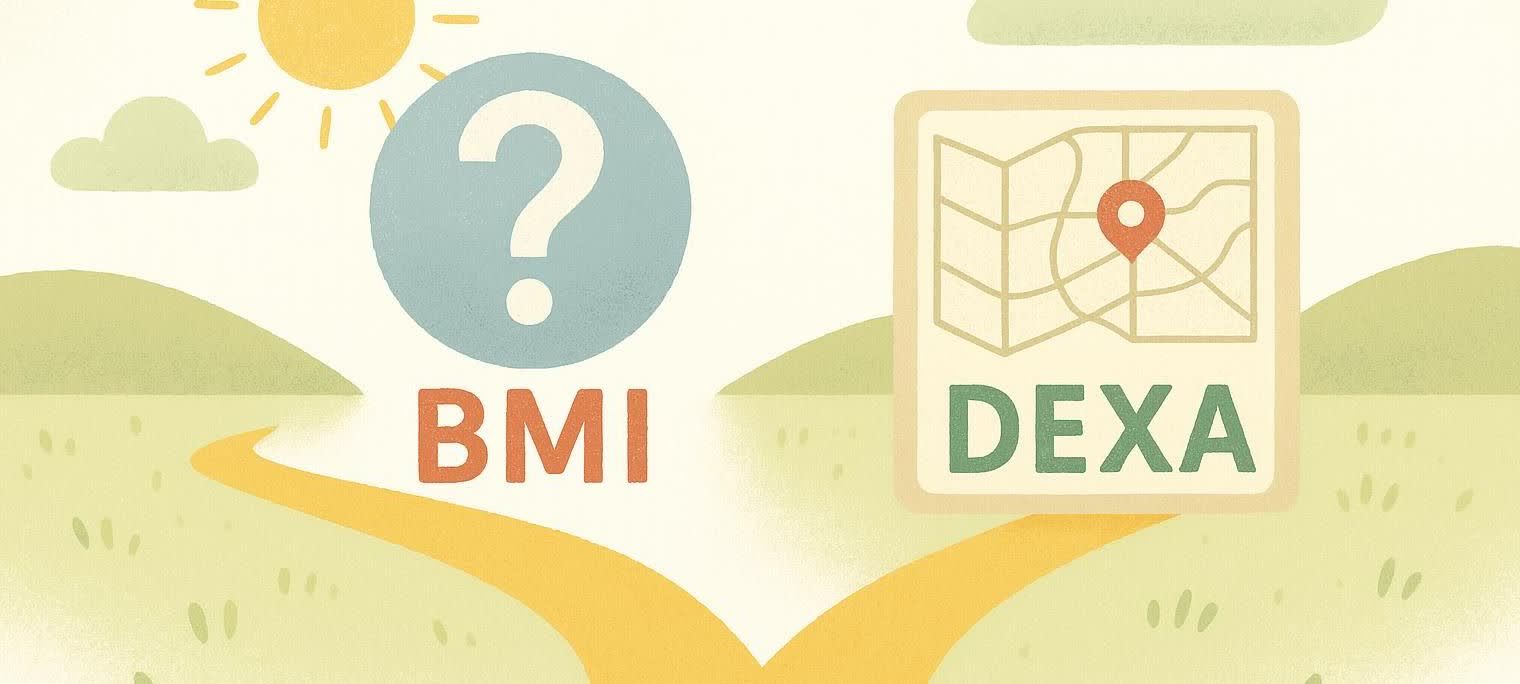
BMI vs. DEXA: Which Body Metric Tells the Truth About Your Health?
TL;DR – BMI is quick but crude. DEXA is precise, comprehensive, and increasingly affordable. If you want to really know what’s going on under the skin—especially your visceral fat—DEXA wins by a landslide.
1. The Two Metrics in 60 Seconds
| BMI | DEXA Scan | |
|---|---|---|
| What it is | Height-to-weight ratio (kg/m²) | Low-dose X-ray that maps fat, lean, and bone mass |
| Time to test | Seconds (online calculator) | ≈10 minutes lying still |
| Outputs | One number & weight category | Full-body fat %, visceral fat, muscle by region, bone density |
| Can differentiate fat vs. muscle? | ❌ | ✅ |
| Tracks small changes? | Poorly | Very well |
| Radiation | None | ~0.5–1 µSv (about eating 4 bananas) BodySpec |
| Typical cost | Free | $40–$150 (BodySpec mobile clinics start at $45 — see details) |
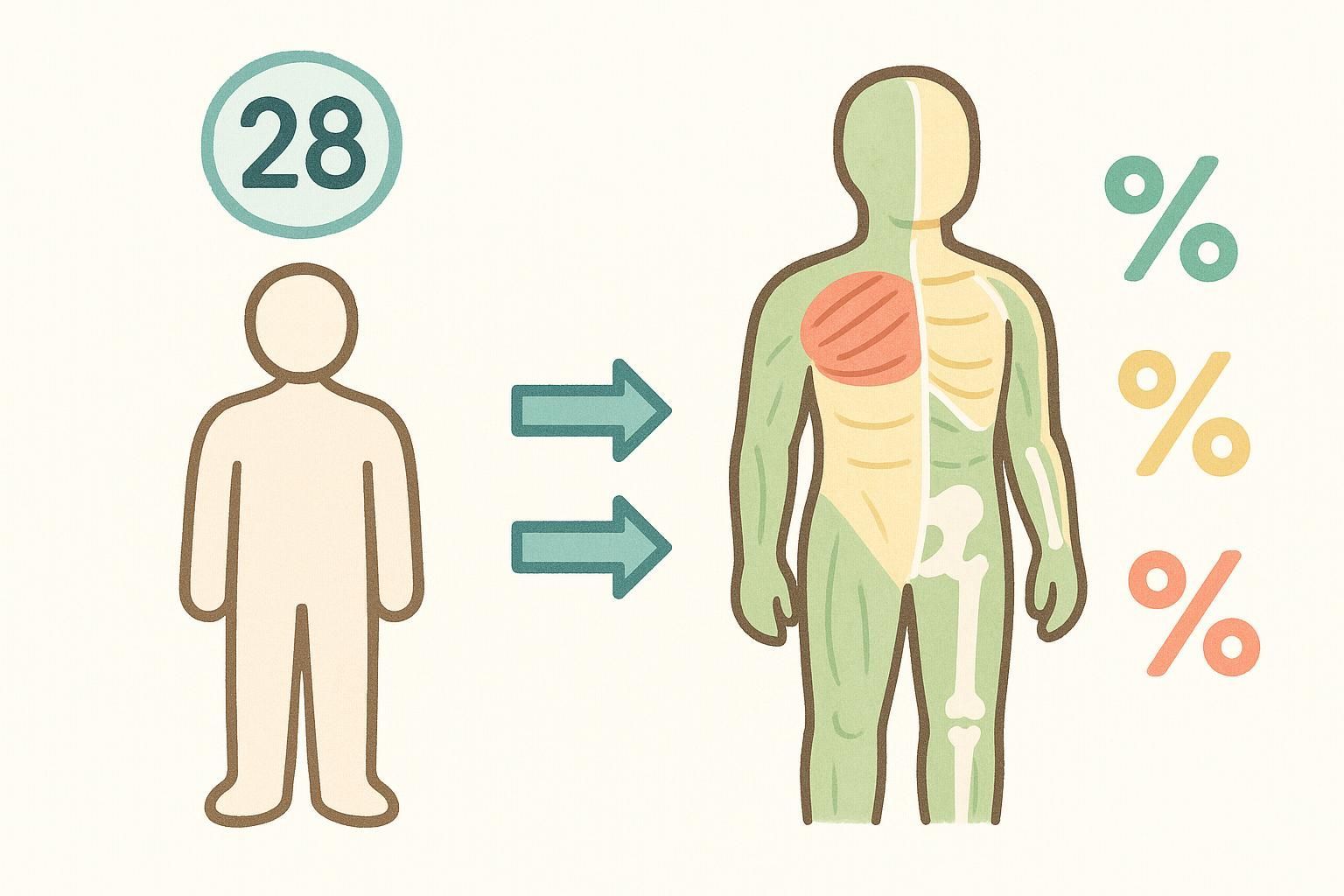
2. Why BMI Was Never Meant for Individual Diagnosis
Body Mass Index was created in the 1830s by Belgian mathematician Adolphe Quetelet to describe populations, not individuals. It ignores the fact that five pounds of muscle and five pounds of fat weigh the same on a scale but have vastly different health impacts.
Key limitations:
- No tissue breakdown – A 190-lb marathoner and a 190-lb sedentary desk jockey can share the same BMI.
- Ethnic & sex bias – Asian and Hispanic adults are more likely to have “normal” BMI yet DEXA-confirmed obesity, while Black adults are often classified as obese by BMI despite lower body fat MedPageToday.
- Aging effect – Muscle loss (sarcopenia) lowers weight and BMI, masking rising fat percentage in older adults J Family Community Med 2023.
- Visceral fat blind spot – BMI can’t tell if weight is harmless subcutaneous fluff or metabolically dangerous organ-hugging fat.
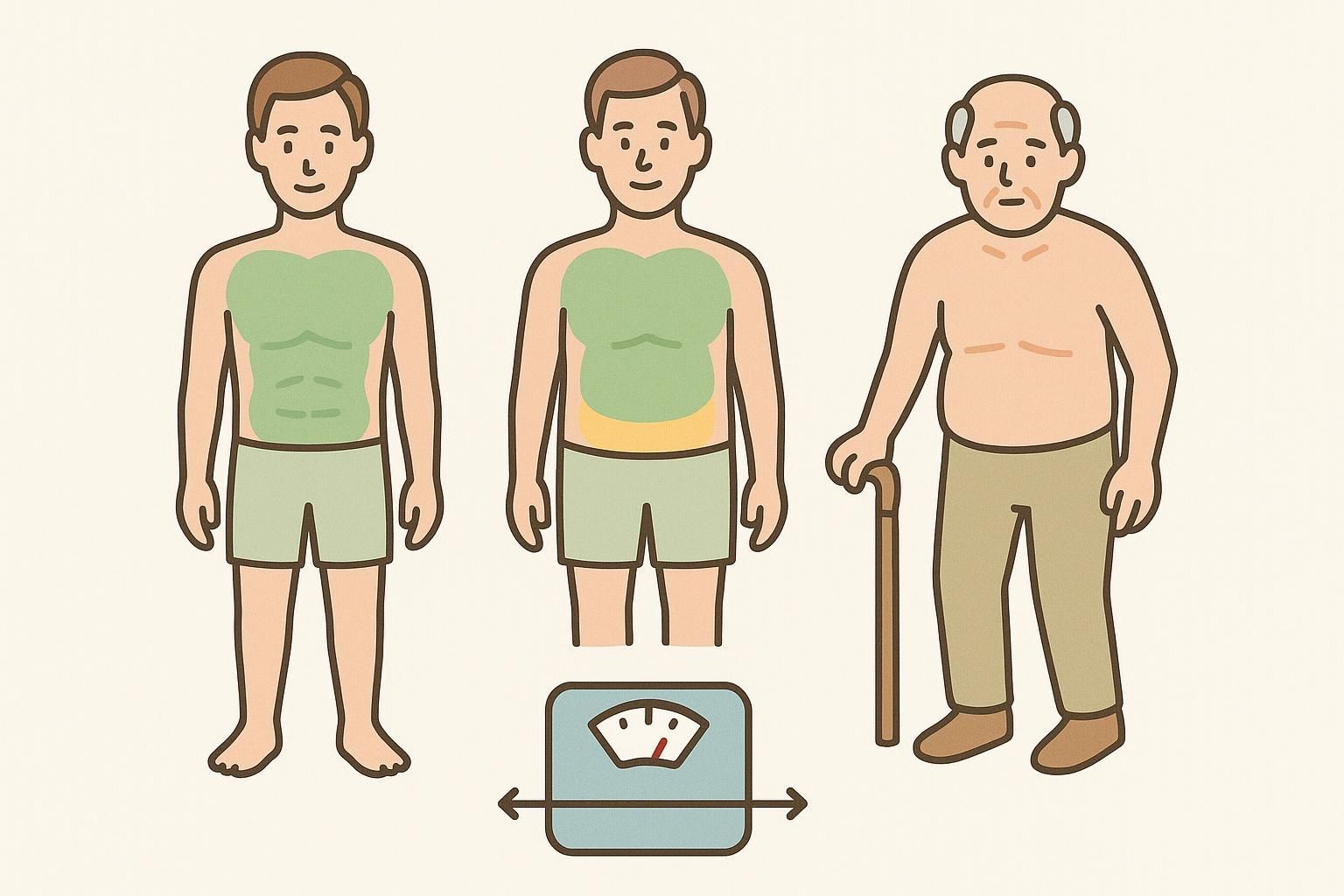
Even the American Medical Association now advises clinicians not to rely on BMI alone when assessing patients (AMA policy 2023).
For a deeper dive into BMI’s shortcomings, see Is BMI an Accurate Measure of Health?.
3. How DEXA Paints the Full Picture
A DEXA (dual-energy X-ray absorptiometry) scan delivers a three-compartment model: fat mass, lean mass, and bone mineral content. Modern scanners also calculate visceral adipose tissue (VAT)—a metric strongly linked to cardiometabolic risk.
DEXA’s pin-point accuracy—explored in detail in DEXA Accuracy and Calibration—sets it apart from other methods:
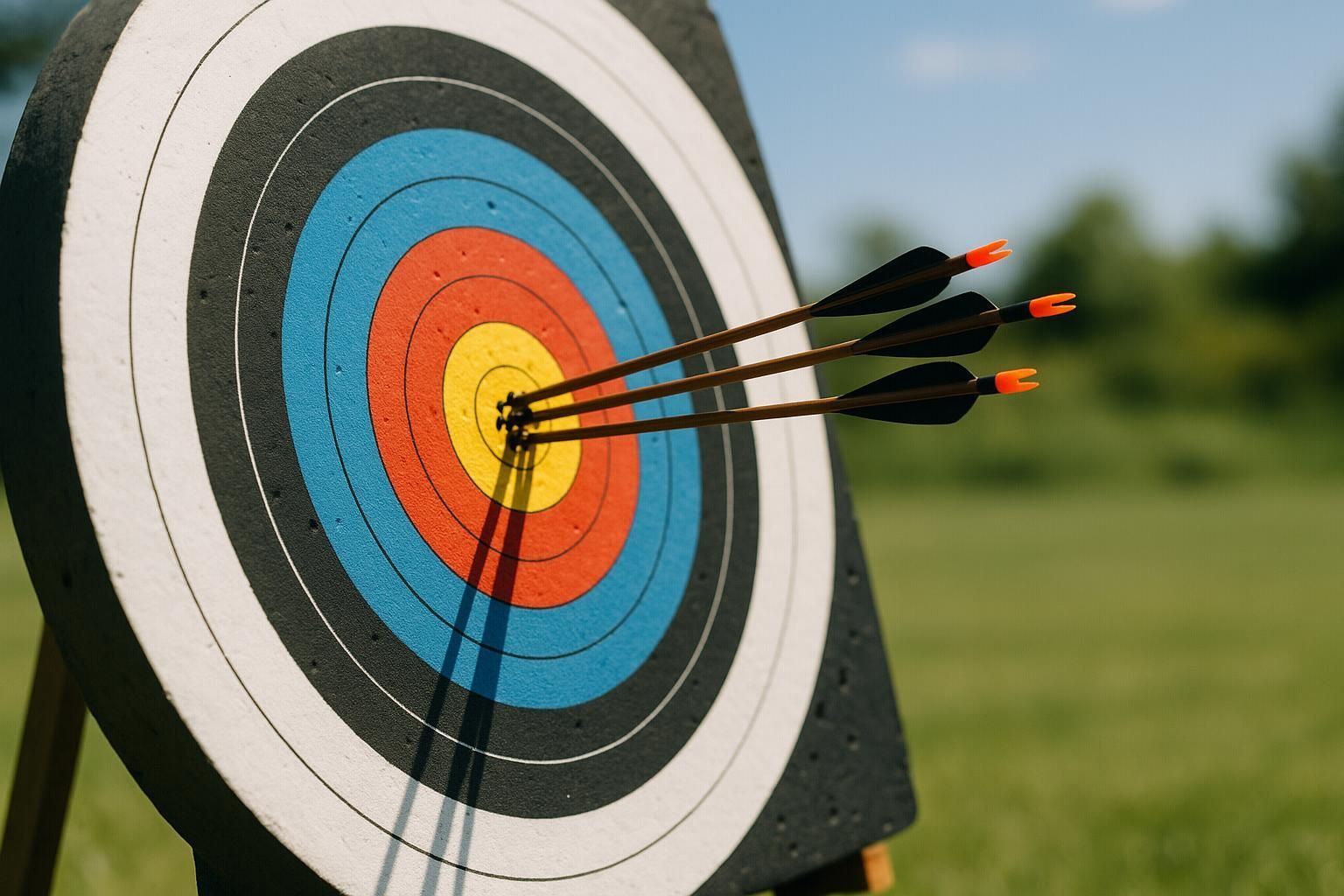
- ±1–2 % error for whole-body fat percentage—far tighter than bio-impedance or calipers.
- Regional data lets you track right-leg vs left-leg muscle symmetry—useful for rehab and sport.
- Bone insights add another layer for osteoporosis prevention.
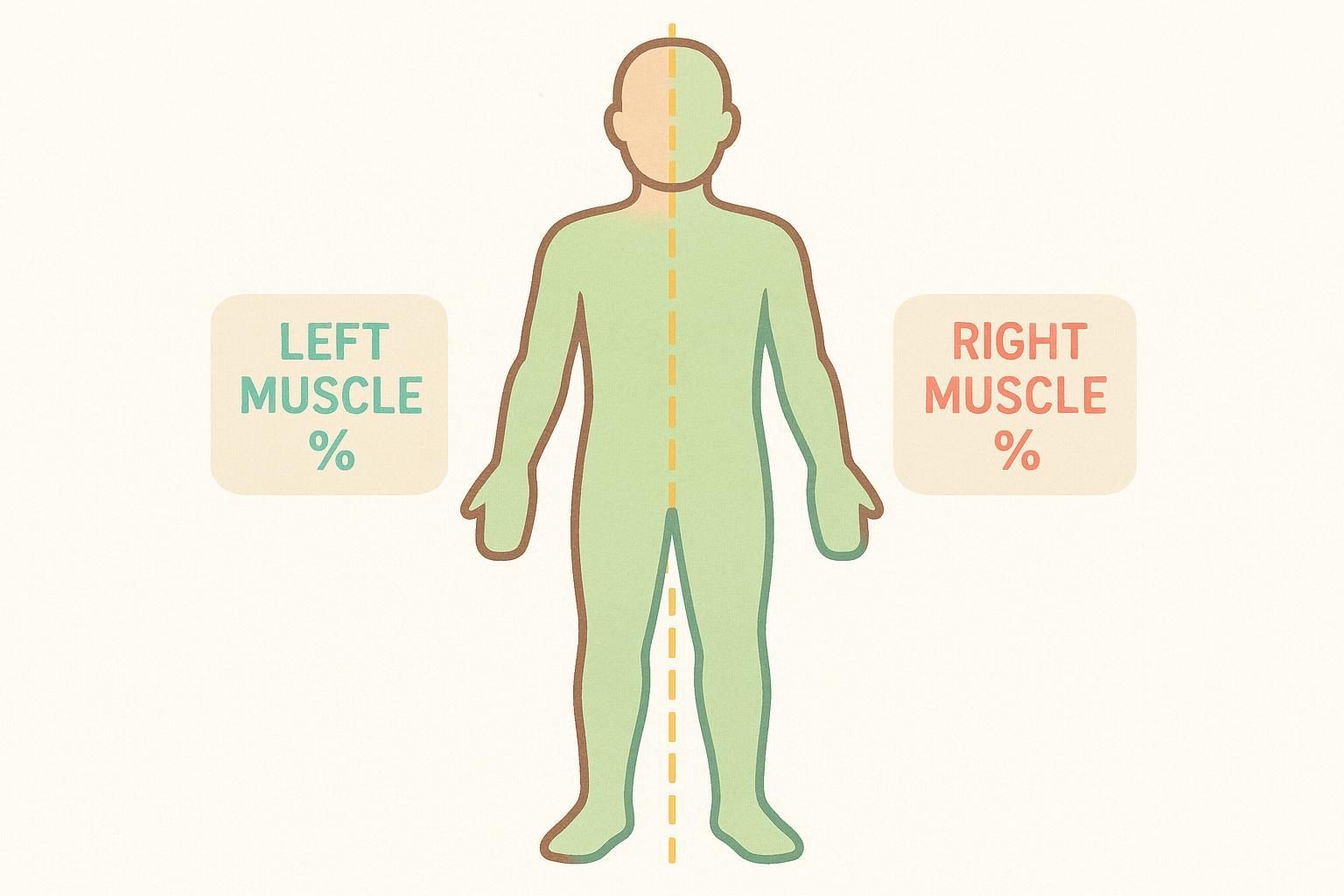
4. Misclassification: The Real-World Stakes
Large datasets underscore how BMI underestimates true obesity:
- NHANES 2011-2018 (9,784 U.S. adults): Only 47 % of people classified as obese by DEXA also met the BMI ≥ 30 cutoff—meaning more than half were missed by BMI alone MedPageToday.
- Saudi cohort (n = 319): BMI labeled 51 % of participants obese, while DEXA put the figure at 92 %—BMI missed 41 % of cases J Family Community Med 2023.
For athletes, the pendulum swings the other way: muscular individuals frequently register as “overweight” despite low body-fat percentages. That mislabel can trigger unnecessary dieting or medical red flags.
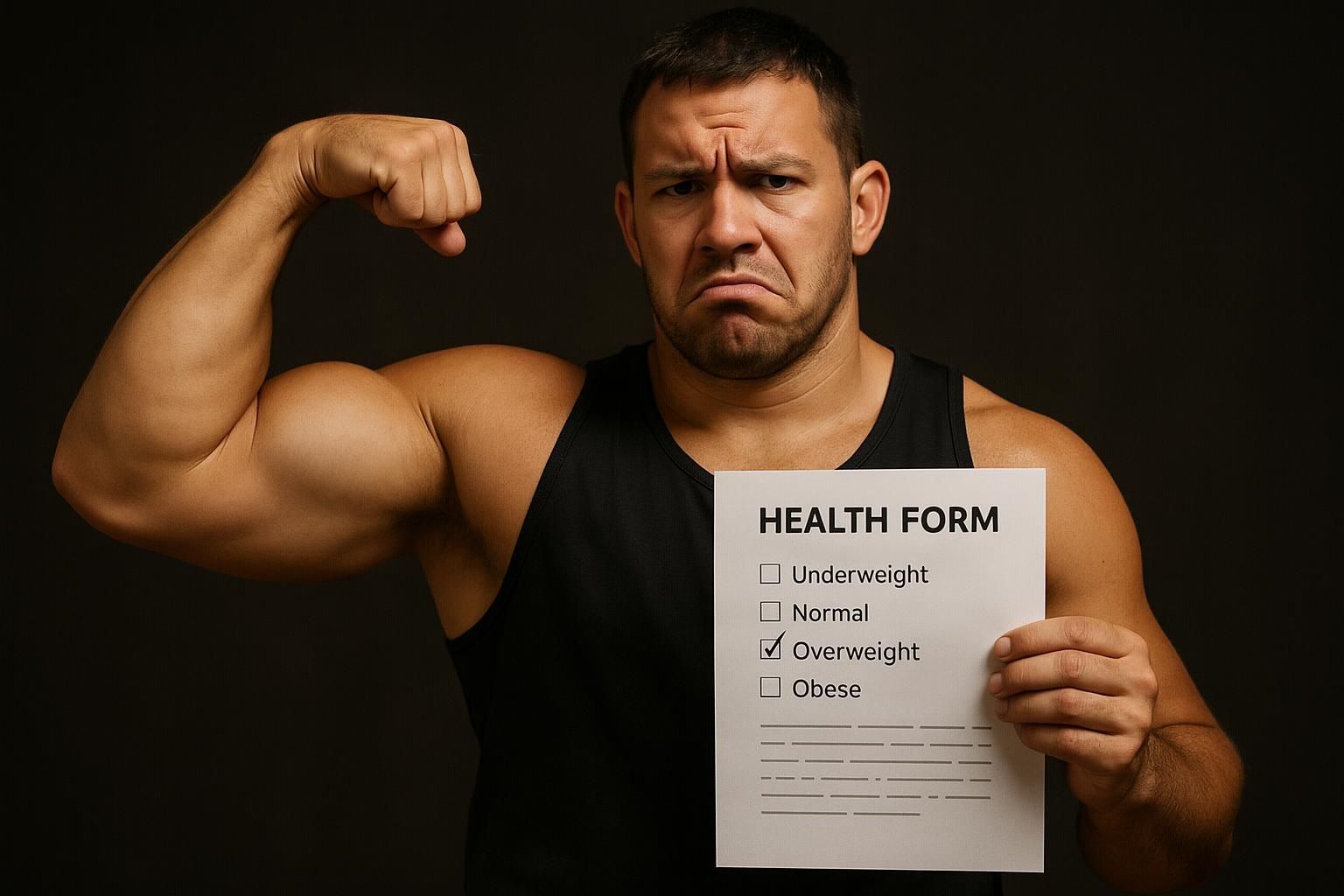
5. Situations Where BMI Still Has Value
| Scenario | Why BMI Works | Caveat |
|---|---|---|
| Large epidemiological studies | Cheap, fast proxy across thousands | Accepts higher error margin |
| First-pass screening in primary care | Flags extremes needing further evaluation | Should be paired with waist or DEXA |
| Tracking big weight changes (>10 lb) | Directional trend without equipment | Won’t reveal composition of that weight |
6. Who Should Consider a DEXA Scan?
- Anyone confused by the scale – If you lift weights or recomp, you need more than pounds.
- Visceral-fat worriers – Family history of diabetes, heart disease, or fatty liver? DEXA quantifies VAT so you can monitor it.
- Physicians & dietitians – Objective baseline before prescribing nutrition or GLP-1 weight-loss meds.
- Older adults – Simultaneously assess bone density and muscle loss.
BodySpec’s mobile clinics bring hospital-grade DEXA to local gyms and offices. Learn more in What Are DEXA Scans?.
7. Cost, Safety & Practical Tips

- Radiation: A whole-body DEXA exposes you to roughly the same radiation as a coast-to-coast flight.
- Prep: Arrive well-hydrated and avoid metal zippers; see Impact of Clothing on DEXA Scans.
- Frequency: Every 3–6 months is ideal for most fitness goals; more often for clinical monitoring.
8. FAQ Quick-Fire
Does insurance cover DEXA for body-fat scans? Usually not, but HSA/FSA funds often apply.
Can children take a DEXA? Yes, with pediatric protocols; radiation dose is minimal.
Is there a weight limit? Most scanners accommodate up to 350 lb; BodySpec trucks go to 400 lb.
Will hydration skew results? Minimal impact (<0.5 %); still, aim for your normal routine BodySpec.
9. Bottom Line
BMI is a blunt tool—fine for spreadsheets, flawed for humans. A DEXA scan moves you from a single statistic to a detailed roadmap of fat, muscle, and bone. That clarity empowers smarter training, nutrition, and medical decisions.
Ready to swap guesswork for data? Book a BodySpec DEXA scan and see the real story behind your BMI.
Further reading:
